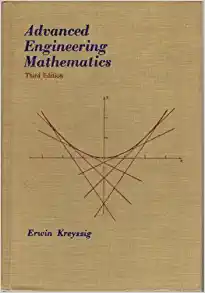Answered step by step
Verified Expert Solution
Question
1 Approved Answer
Abstract In this study, we examine a specific function provided by our instructor to determine an upper bound on its area. This function can be
Abstract In this study, we examine a specific function provided by our instructor to determine an upper bound on its area. This function can be divided into two separate integrals with absolute value signs. We remove these absolute value signs by taking the square root of the square of the functions. The second integral, which is integrated from n to 1, yields different area values for each value of n. Our overall objective is to construct a function, P(n), where P(n) corresponds to the area or integral value of a given second integral for any value of n. Our goal is to identify the maximum value of P(n) within the range of 0<=n<=1 and demonstrate that it has an upper bound of 1/48. This objective is split into two parts. Our first objective is to construct a function, P2(n), such that P(n) equals the area (or integral value) of the second integral for any given n. Subsequently, we will apply the same process to P1(n), will represent the area or integral value of the first integral for any given n. By superimposing these functions, we aim to show that the maximum value of the function equals 1/48, thereby establishing it as the upper bound for the original integral from 0 to 1. The findings from this study could provide valuable insights into the behaviour of these integrals and their potential applications in mathematical analysis
Step by Step Solution
There are 3 Steps involved in it
Step: 1

Get Instant Access to Expert-Tailored Solutions
See step-by-step solutions with expert insights and AI powered tools for academic success
Step: 2

Step: 3

Ace Your Homework with AI
Get the answers you need in no time with our AI-driven, step-by-step assistance
Get Started


